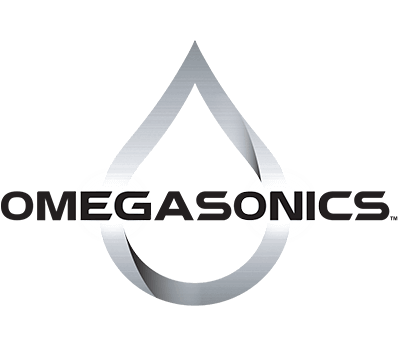Aerospace parts present unique difficulties for cleaning. Not only do they get covered with difficult-to-remove carbon buildup and grime, but many parts also present intricate surfaces as well as delicate components. All of these factors together make aerospace parts particularly challenging when it comes to cleaning them thoroughly without damaging them. Ultrasonic cleaning to the rescue.
What Are Ultrasonic Waves and How Do They Clean?
Simply put, ultrasonic sound waves are sound broadcast at a frequency beyond the normal range of human hearing. They are used for a variety of applications across industries, including medical imaging (think sonograms) and detecting flaws in manufacturing. At the higher end of their scale, these sound waves can also be used for cleaning. In most industrial ultrasonic cleaning, the frequencies used range between 20 and 50 KHz.
Cavitating Bubbles – the Literal “Scrubbing Bubbles”
When ultrasonic waves move through a liquid and strike a hard surface, they produce millions of tiny bubbles, known as “cavitating bubbles.” These microscopic bubbles produce momentary jets of intense energy when they collapse, directing that energy against the surface they are collapsing against. Repeated millions of times and with the assistance of detergent present in the surrounding liquid, these bubbles scrub away almost any type of grime from all surfaces of an object, no matter how intricate it may be. Furthermore, unlike with traditional brush and solvent methods, they generally do it without damaging the underlying object.
Watch Out for Resonance!
Although ultrasonic wave cavitation cleans thoroughly, efficiently and gently, it is possible for it to damage delicate components in aerospace parts. Be sure to check the limits on ultrasonic cleaning imposed by the manufacturer of the parts. Most have already set strict time and frequency limits for cleaning their parts with ultrasonic cleaners. Sticking to these limits is essential to avoiding resonance damage. Although it may be tempting to leave a part in longer to get it cleaner, the effect that it can cause may be catastrophic. Be sure to follow all the manufacturer’s recommended procedures when working with ultrasonic equipment.
Some ultrasonic cleaning manufacturers, such as Omegasonics, have built in variable timed ultrasound so that resonance doesn’t have a chance to start up and damage components. Resonance cavitation can be seen on items such as boat propellers, when it creates a pitted surface. This can be avoided by changing frequency modulation. Look for ultrasonic cleaning devices which have this feature.
Use the Right Equipment
Having the right equipment matters. When choosing a machine for your ultrasonic cleaning needs, follow the manufacturer’s recommendations and choose the appropriate device for the quality level you need. Call the ultrasonic cleaning company and tell them about the parameters you need. Any reputable company should be able to understand your request and assist you.
Need help with cleaning aerospace parts? To find out more, contact our experts at Omegasonics at 888-989-5560 or email us at

